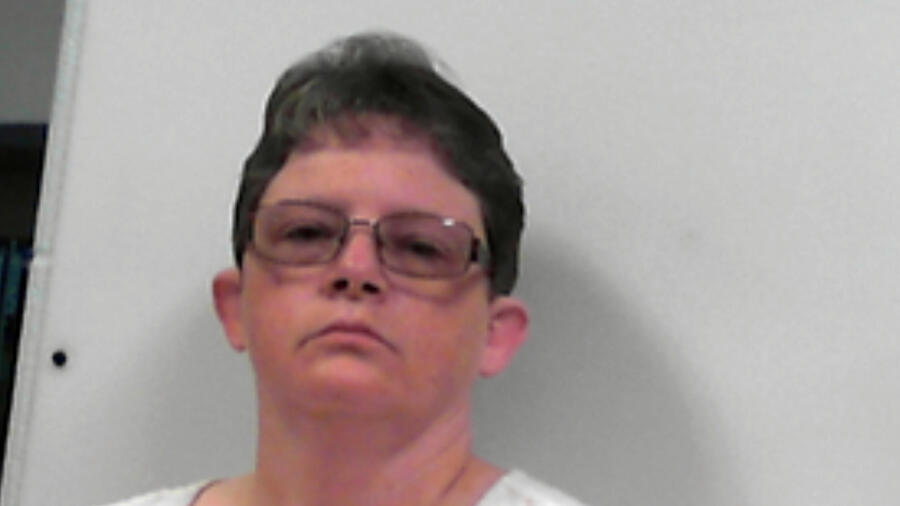“You are the monster that no one sees coming.” These haunting words came from U.S. District Judge Thomas Kleeh in 2021, addressing Reta Mays, a former nursing assistant convicted of murdering seven elderly veterans.
Mays didn’t fit the typical profile of a serial killer—and that’s precisely what makes female serial killers so dangerous. They don’t look like monsters. They look like caregivers, friends, daughters, nurses. And that deception often buys them more time to kill.
The Hidden Face of Serial Murder
Dr. Marissa Harrison, an evolutionary psychologist and author of Just as Deadly: The Psychology of Female Serial Killers, believes that society has severely underestimated the threat women can pose. Her research challenges the notion that serial killing is a male-dominated crime.
“Dead is dead,” she says. “If you look at individual cases, women can be just as prolific. Take ‘Jolly’ Jane Toppan—she confessed to over 100 murders.”
While male killers often draw headlines and inspire Netflix docuseries, women who kill often fly under the radar for years—sometimes decades—before being caught.
Myths That Shield Female Serial Killers
Many people still believe, consciously or not, that women are less violent, less capable of cruelty. That belief becomes a dangerous blind spot.
“People say, ‘Women don’t do that.’ But they do,” Dr. Harrison states bluntly. “And when they do, they’re often better at hiding it.”
In caregiving professions—nursing, elder care, childcare—women gain access to vulnerable populations. Their motive is often financial, but sometimes, it’s power. And sometimes, it’s a belief that they are cleansing the world of people they deem unnecessary.
Science Over Sensationalism
Unlike many books about serial killers, Dr. Harrison’s work is scientific and evidence-based. She includes over 1,200 references, citing court documents, psychological assessments, and direct interviews.
“I didn’t want to just tell stories,” she explains. “I wanted to understand the ‘why’ behind the horror. And that meant analyzing hard data, not just headlines.”
The Trauma Behind the Killings
One of the most striking patterns in Harrison’s research? The alarming number of female serial killers with traumatic childhoods.
“Nearly every woman I studied was beaten, molested, or abandoned,” she says. “I’m not excusing what they did—but I came away from this research feeling empathy. They needed help. They never got it.”
She makes it clear: not every abused child becomes a killer. But she raises the chilling question:
“What if they had received intervention earlier? Could those lives—on both sides—have been saved?”
Aileen Wuornos: A Tragic Warning Sign
Perhaps no case better exemplifies Harrison’s point than Aileen Wuornos. Abused by her grandfather, abandoned by her mother, raped as a child, and ignored by the system, Wuornos eventually killed seven men and became one of America’s most infamous female serial killers.
“She didn’t have a chance,” Harrison says. “A school counselor tried to help her, but her grandmother refused. Wuornos had mental illness, trauma, and no support.”
If the system had stepped in—if anyone had truly listened—perhaps seven men wouldn’t have died.
Research With a Personal Toll
Despite being a seasoned academic, Harrison admits the work took an emotional toll.
“After writing one especially horrific chapter, I had to look at puppy pictures to reset my brain,” she says. “I haven’t become numb. I’ve become more sensitive.”
She speaks candidly about crying over cases like Josephine Otero, a child victim of the BTK Killer, and becoming physically ill when writing about Dana Sue Gray, who nearly decapitated an elderly woman for her credit card.
But she believes facing the horror is part of her responsibility. “I owe it to the victims to tell the truth.”
Motives: Women Kill Differently
The motives that drive female serial killers are often distinct from those of men:
- Men kill for status, domination, and often sexual gratification.
- Women are most often motivated by money, power, or a distorted moral mission.
Many female killers poison or smother, using quiet, less detectable methods. Often, they don’t just kill strangers—they target family, patients, or even their own children.
Killers in Caregiving Roles
One of the most disturbing trends? The number of female serial killers working in caregiving professions.
“I asked a nurse friend about it,” Dr. Harrison recalls. “She told me, ‘There are 100 ways I could kill you right now, and no one would know.’ That stuck with me. These killers understand that their profession gives them the perfect cover.”
They don’t stalk victims in alleys—they work the night shift, dispense medication, and say comforting words as their victims fade away.
Final Thoughts: Why Society Must Stop Looking Away
Female serial killers don’t fit the stereotype. That’s exactly what makes them so dangerous. Their crimes often go undetected, not because they’re better killers, but because no one expects a woman to do it.
Dr. Harrison’s work is a wake-up call to law enforcement, health care professionals, and the public:
“Stop underestimating women. Start recognizing the red flags—before it’s too late.”
FAQs
Are female serial killers as deadly as males?
Yes. While they may kill for different reasons and use different methods, female serial killers can be just as lethal—and often avoid detection for longer.
What are the most common motives for female serial killers?
Typically, they kill for financial gain, control, or what they perceive as a moral justification (e.g., mercy killing).
Do female serial killers use different methods?
Yes. Women often choose poisoning, suffocation, or medical manipulation, especially when working in caregiving roles.
Is there a connection between childhood trauma and serial killing?
In many cases, yes. Abuse, neglect, and unresolved trauma are recurring factors in the backgrounds of many female serial killers.
Why are female serial killers so often overlooked?
Society tends to view women as nurturers, not killers. This stereotype makes it easier for them to hide in plain sight.
What can be done to prevent female serial murders?
Improved mental health intervention, mandatory reporting, and training healthcare staff to recognize warning signs can help.

